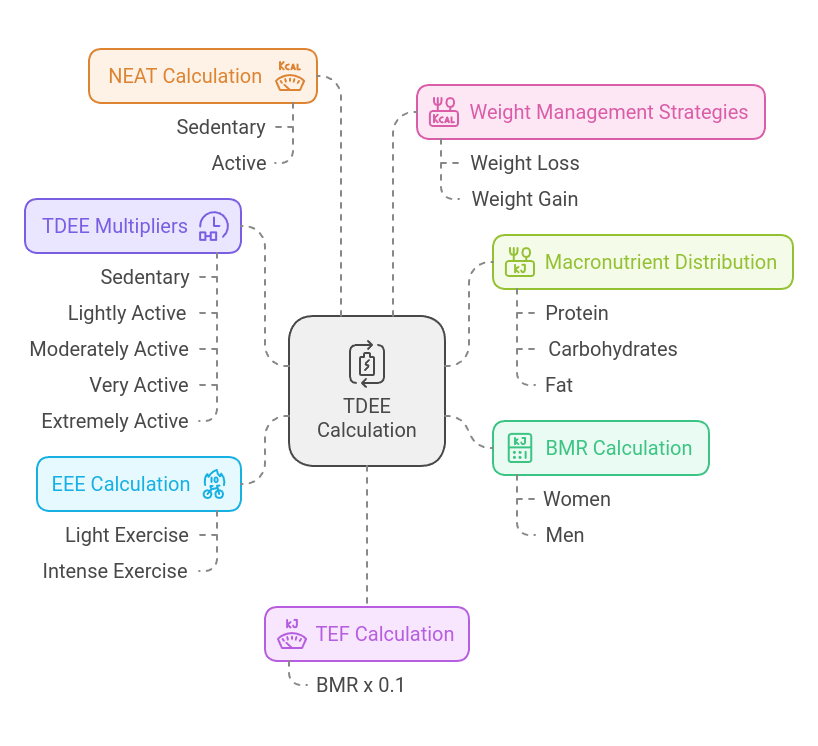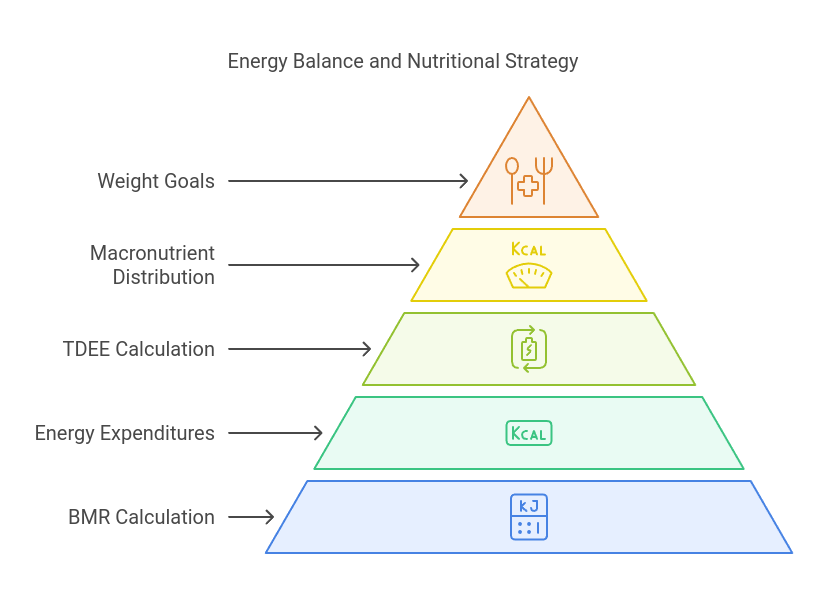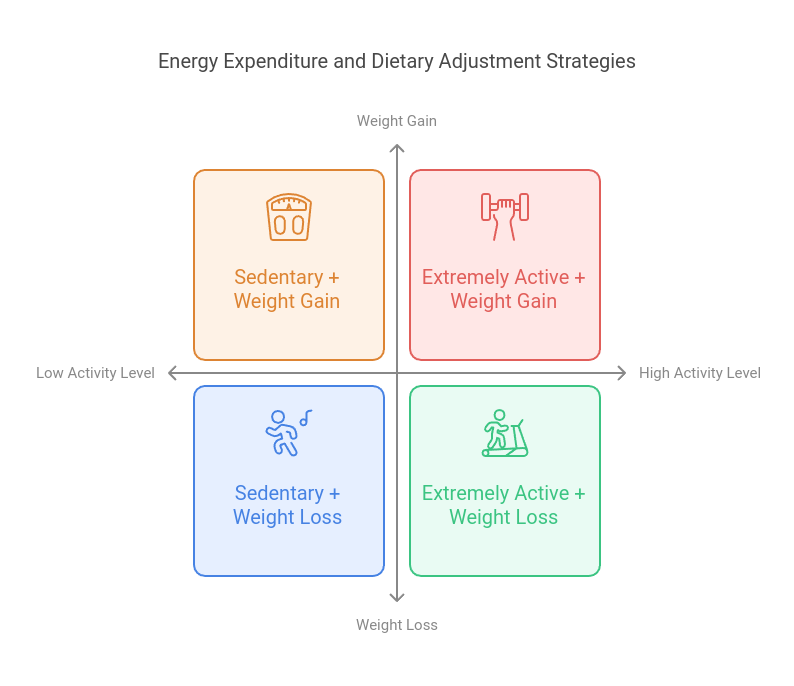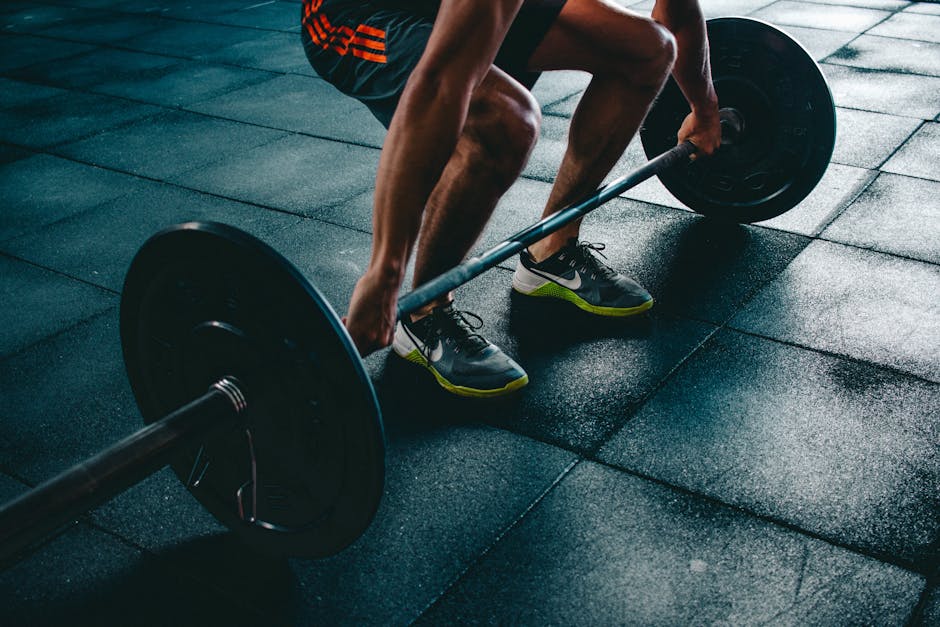How to Accurately Calculate Your TDEE for Optimal Results 🎯
Wondering how many calories you need to eat to reach your health and fitness goals? Calculating your Total Daily Energy Expenditure (TDEE) is the key to figuring out your ideal caloric intake for weight loss, muscle gain, or maintaining your current weight.
Key Takeaways:
- TDEE is the total number of calories your body burns in a day
- Calculating TDEE involves adding up your Basal Metabolic Rate (BMR), Thermic Effect of Food (TEF), Exercise Energy Expenditure (EEE), and Non-Exercise Activity Thermogenesis (NEAT)
- Factors like age, gender, weight, height, and activity level impact your TDEE
- Knowing your TDEE helps you create a calorie deficit for fat loss or a calorie surplus for muscle gain
What is TDEE? 🤔
TDEE stands for Total Daily Energy Expenditure. It refers to the total amount of energy your body uses in a day, including:
- Basal Metabolic Rate (BMR): The number of calories your body needs to maintain basic functions at rest
- Thermic Effect of Food (TEF): The energy required to digest and absorb nutrients from food
- Exercise Energy Expenditure (EEE): Calories burned during structured exercise and physical activity
- Non-Exercise Activity Thermogenesis (NEAT): Energy expended through daily activities like walking, standing, and fidgeting
How to Calculate Your TDEE 📋

To calculate your TDEE, follow these steps:
- Calculate your BMR using the Mifflin-St Jeor equation:
- For women: BMR = 10 × weight (kg) + 6.25 × height (cm) – 5 × age (years) – 161
- For men: BMR = 10 × weight (kg) + 6.25 × height (cm) – 5 × age (years) + 5
- Determine your TEF by multiplying your BMR by 0.1:
- TEF = BMR × 0.1
- Estimate your EEE based on exercise intensity:
- Light exercise: 250 calories
- Intense exercise: 500 calories
- Estimate your NEAT based on daily activity level:
- Sedentary (desk job): 250 calories
- Active (physically demanding job): 500 calories
- Add up your BMR, TEF, EEE, and NEAT to get your TDEE:
- TDEE = BMR + TEF + EEE + NEAT
Factors That Affect Your TDEE 🧩
Several factors influence your TDEE, including:
- Age: BMR decreases with age due to changes in body composition and metabolism
- Gender: Men typically have higher BMRs than women due to greater muscle mass
- Weight and height: Larger bodies require more energy to maintain basic functions
- Body composition: Muscle tissue is more metabolically active than fat tissue
- Activity level: Higher activity levels increase your daily calorie burn
Using Your TDEE for Weight Management ⚖️

Once you know how many calories you burn each day, you can adjust your calorie intake to support your goals:
- To lose fat, consume 400-500 fewer calories than your TDEE to create a calorie deficit
- To gain muscle, consume 200-300 more calories than your TDEE to support muscle growth
- To maintain your weight, match your calorie intake to your TDEE
Remember to regularly recalculate your TDEE as your weight and activity levels change to ensure you’re eating the right number of calories for your goals.
Practical Tips for Optimizing Your TDEE 💡

- Increase your NEAT by taking the stairs, walking during breaks, or standing while working
- Incorporate resistance training and HIIT to boost your BMR and EEE
- Prioritize sleep and manage stress to support healthy hormonal balance and metabolism
- Eat a balanced diet with adequate protein, complex carbs, and healthy fats to fuel your body
- Track your progress and adjust your calorie intake as needed to stay on track
Example TDEE Calculation 🧮
Let’s calculate the TDEE for a 35-year-old woman who weighs 65 kg, is 170 cm tall, and has a moderately active lifestyle:
- BMR = 10 × 65 + 6.25 × 170 – 5 × 35 – 161 = 1,374 calories
- TEF = 1,374 × 0.1 = 137 calories
- EEE = 250 calories (moderate exercise)
- NEAT = 250 calories (moderate daily activity)
- TDEE = 1,374 + 137 + 250 + 250 = 2,011 calories
To lose weight, she would aim to consume 1,511-1,611 calories per day (a 400-500 calorie deficit). To gain muscle, she would eat 2,211-2,311 calories daily (a 200-300 calorie surplus).
The Bottom Line 🎯
Calculating your TDEE is a crucial step in determining how many calories you need to eat to reach your health and fitness goals. By understanding the factors that influence your energy expenditure and making strategic lifestyle choices, you can optimize your metabolism and achieve sustainable results. Use this guide to accurately calculate your TDEE and take control of your nutrition today! 💪



